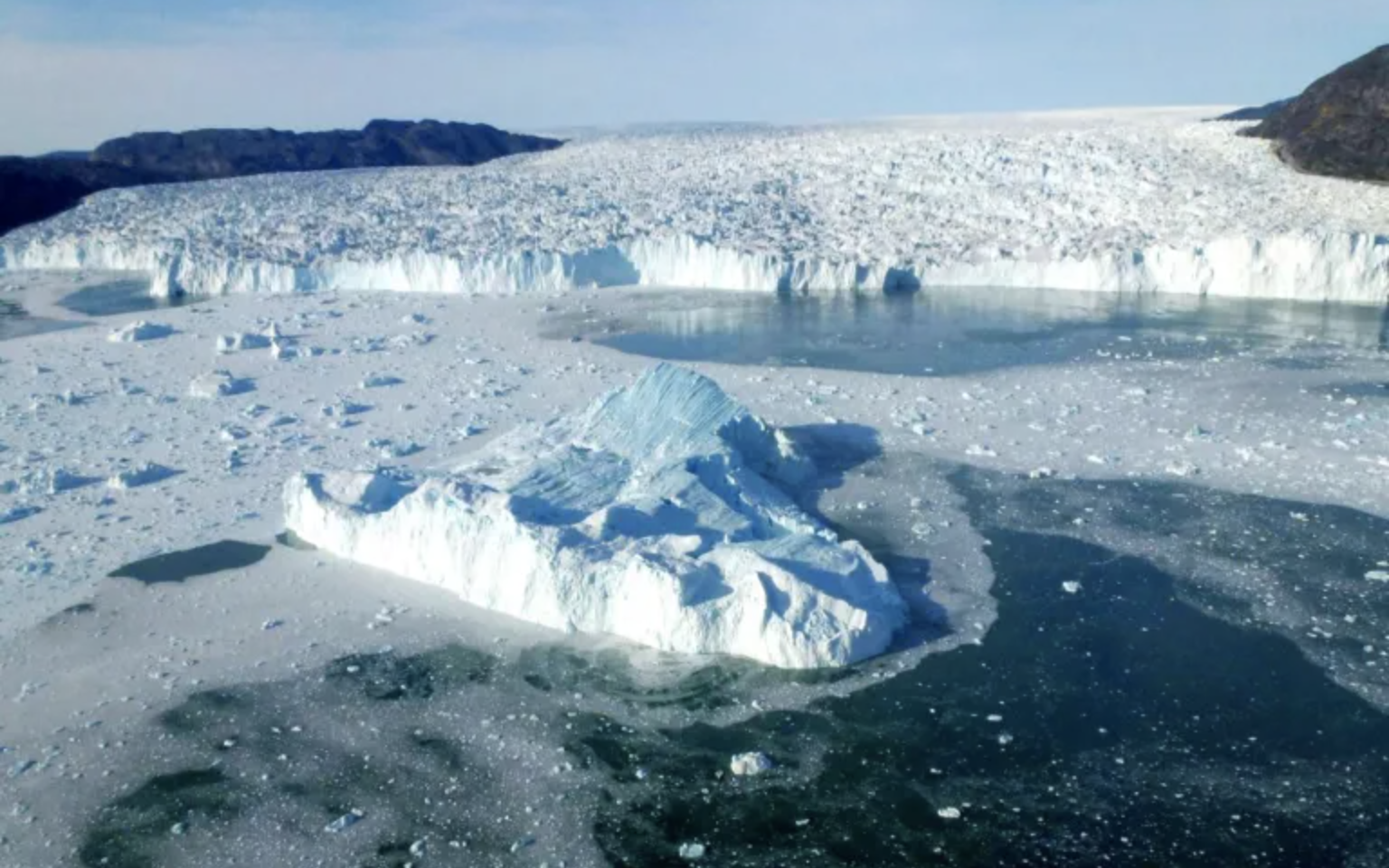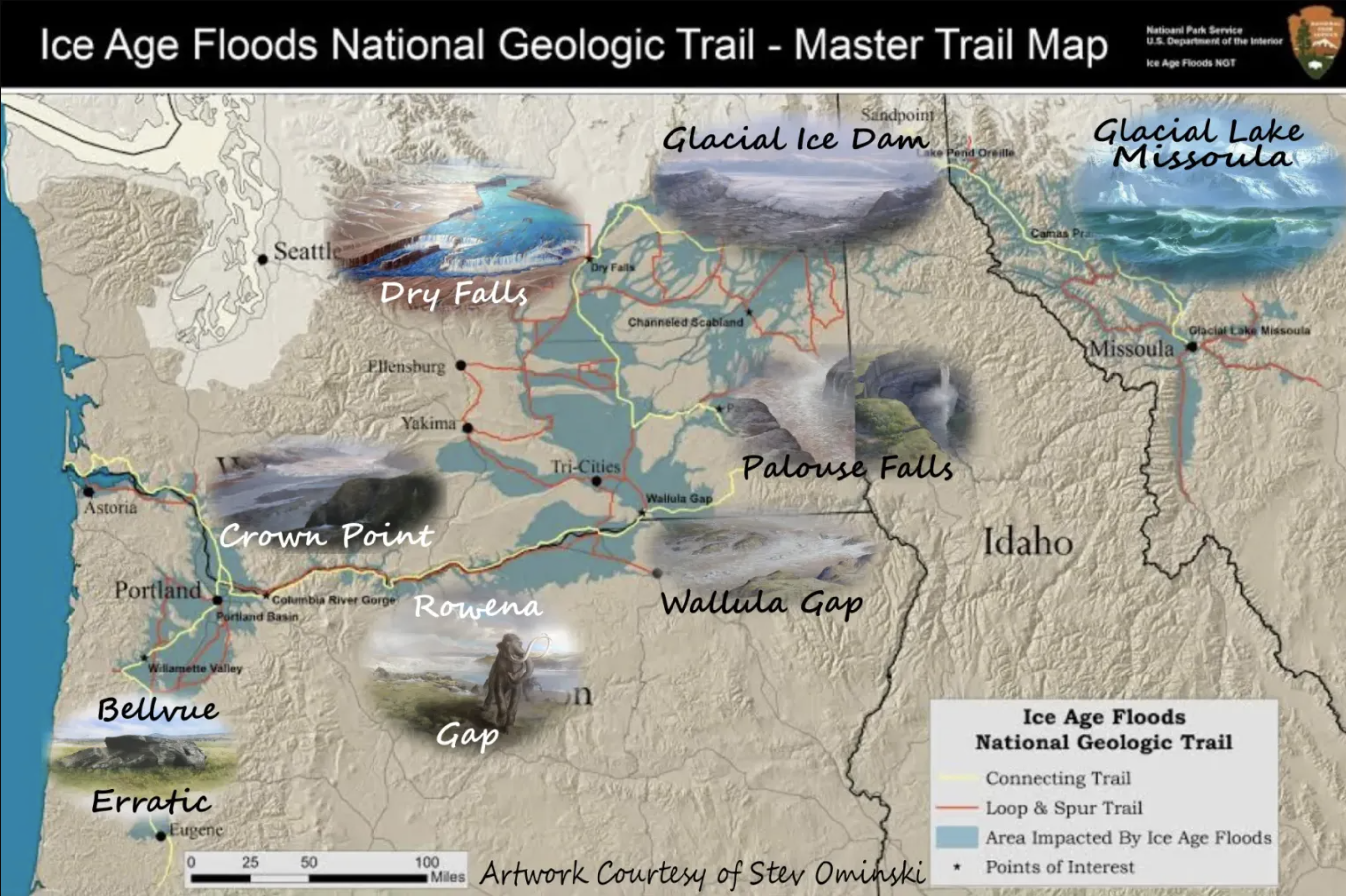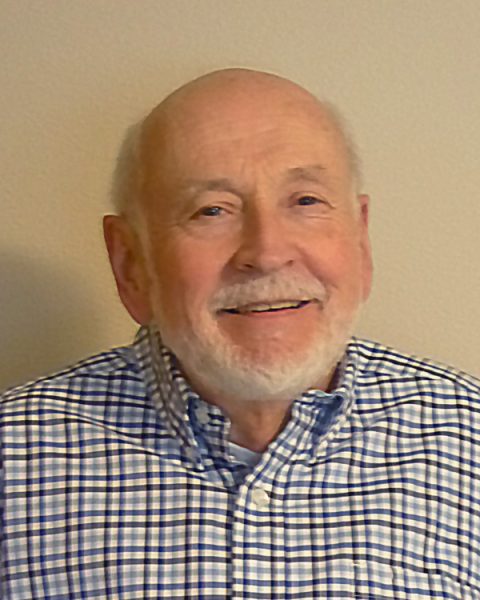Explore the Ice Age Floods That Created the Pacific Northwest’s Breathtaking Geology
Posted on February 7, 2024 at 6:00 am

Guest blog by Don Chadbourne
The Ice Age Floods Story
About 100 years ago, J. Harlen Bretz, a geology professor at the University of Chicago, published his first paper on the Channeled Scablands of eastern and central Washington. The paper created a controversy with its hypothesis of gigantic floods ripping through the area, creating the topography with features like Grand Coulee, Dry Falls, Palouse Falls, and Moses Coulee.
While geologists had studied the area before and remarked on the spectacular features, no one had come up with a reasonable hypothesis of how the landscape had been formed.
Bretz had mapped the Cascades and Puget Sound area and was familiar with the geologic features created and left behind by glaciers. There he studied features from floods caused by the melting of glaciers. However, he recognized that the landscape in eastern and central Washington could only have been created by much larger floods.
Geologists in the early 1900s were used to explaining landscape features using geologic processes that occurred over thousands or millions of years. For example, the gradual uplifting of mountain ranges and downcutting of river valleys. Even glaciers took thousands of years to create their U-shaped valleys and leave deposits of sand, gravel, and boulders.
Bretz’s concept of huge floods scouring large coulees and leaving flood deposits hundreds of feet thick wasn’t believable. It took years of study and discussion for Bretz’s ideas to finally gain acceptance.
Now the path of these gigantic floods is designated as the Ice Age Floods National Geologic Trail. Beginning in western Montana and northern Idaho, the trail runs through the valley in Spokane County, through eastern and central Washington, and then follows the Columbia River Gorge through Oregon and on to the Pacific Ocean.

Library Events
You can attend four Ice Age Flood events at SCLD libraries in February. The presentations provide an overview of the Ice Age Floods story, focusing on different locations and different perspectives.
The speakers were coordinated by the Cheney-Spokane Chapter of the Ice Age Floods Institute (IAFI). IAFI is a nonprofit organization dedicated to the study of the geologic events that sculpted the Pacific Northwest region and building support for the Ice Age Floods National Geologic Trail.
Cheney at the Head of Channeled Scablands
In this overview, learn about the history of the Channeled Scablands. We look back to around 20,000 years ago at the end of the last glacial maximum and at the formation of two huge, glacially dammed, meltwater glacial lakes—Missoula and Columbia. We explore the subsequent failures of the Lake Missoula ice dam, which resulted in a series of megafloods that occurred between 18,000 and 14,000 years ago. Then, we discuss the geologic and hydrologic factors that control lake formations from the Medical Lake area to Fish Lake.
Presented by Dr. Linda McCollum, professor emeritus of geosciences at EWU and president of the Cheney-Spokane Chapter of the Ice Age Floods Institute
CHENEY LIBRARY
Tuesday, Feb 20, 6–7:30pm
The Spokane Aquifer: Legacy of the Ice Age Floods
The Spokane Aquifer is a legacy from the giant Ice Age floods that roared through the Spokane Valley, leaving behind a porous, course gravel that hosts our communities’ water supply. The Aquifer story includes tales of fascinating, unique geologic processes and community historical events that formed and harnessed this resource.
Presented by Michael Hamilton, retired geologist formerly with US Bureau of Mines and Washington Dept of Natural Resources, Ice Age Floods Institute Board Member
MORAN PRAIRIE LIBRARY
Thursday, Feb 22, 2–3:30pm
PNW in Brief: The Most Recent Ice Age Floods
During this presentation, we follow the path of the floods from western Montana across the Idaho Panhandle, through the Columbia Basin and Gorge, into the Willamette Valley and finally to the Pacific Ocean. We look at some of the major flood features found within the four-state area—features you can see out your windshield as you travel through the floods area.
Presented by Dr. Gary Ford, president of the Ice Age Floods Institute
ARGONNE LIBRARY
Monday, Feb 26, 6–7:30pm
Imagined History: Paddling Lake Missoula
Follow along on this imaginative look at the period when Lake Missoula was carving out our shrub-steppe scablands. Paul Lindholdt writes environmentally inflected nonfiction and journalism. His 10 books include In Earshot of Water, an ecological memoir that won the Washington State Book Award, The Spokane River, and Interrogating Travel.
Presented by Paul Lindholdt, professor of English at EWU and member of Ice Age Floods Institute
NORTH SPOKANE LIBRARY
Wednesday, Feb 28, 6–7:30pm
Free brochures prepared by the Ice Age Floods Institute and National Park Service will be available at the presentations. Books, videos, and maps about the floods will be available for purchase from the Cheney-Spokane Chapter of the Ice Age Floods Institute as well. People attending the presentations are invited to join the IAFI.
The Ice Age Floods Institute
The Ice Age Floods Institute is a nonprofit organization dedicated to the study of the geologic events that sculpted the Pacific Northwest region as well as promoting public education of the unique geologic wonders of the surrounding area. The Cheney-Spokane Chapter organizes events such as public presentations, field trips, educational materials, and hikes that provide education to the general public.
Each year geologists from the Cheney-Spokane Chapter lead tours and hikes in the Spokane area and the Channeled Scablands. We are currently planning activities for Fishtrap Lake, Escure Ranch in Rock Creek, Turnbull National Wildlife Refuge, and in areas around Spokane County such as Palisades Park, Waikiki Springs, and Dishman Hills.
This year the Cheney-Spokane Chapter is hosting the Annual IAFI Members Meeting. The meeting is scheduled for June and will feature lectures, hikes, and tours of local flood features and sites and a bus field trip. Featured sites will include Spokane Falls, the Riverside State Park Bowl and Pitcher, Palisades Park, Dishman Hills, the confluence of Latah Creek with the Spokane River and overlooks of Spokane Valley.
More information on the Ice Age Floods and future events can be found on the IAFI News and Events web page.
For a very interesting article on J. Harlen Bretz and his ties to Spokane, see the October 2023 issue of The Pacific Northwesterner (available online for in-district cardholders through Flipster): “Welcome to our World, Professor Bretz: Spokane and the Inland Empire Ice Age Floods Controversy, 1920–1930,” by Richard Sola and Dean Kiefer.

Don Chadbourne is a board member and treasurer for the Cheney-Spokane Chapter of the Ice Age Floods Institute. He enjoys leading educational hikes in Spokane’s parks and on trails in the Channeled Scablands. He is retired, having worked as a civil engineer and geologist with the Washington State Department of Transportation. He can be reached at iaficheneyspokane@gmail.com.
Tags: adults, geology, ice age floods, natural history, pacific northwest, PNW, programs
